In the fall of 2021, Davidson College released a Call For Qualifications for the creation of a commemorative work of art to honor the contributions of enslaved people and others whose labor was exploited. The call was open to professional artists, architects, landscape architects, and design teams with experience managing, designing, and completing public art commissions.
The jury identified the most highly qualified artist(s)/architects/teams for this opportunity, and selected five finalists, including Radcliffe Bailey.
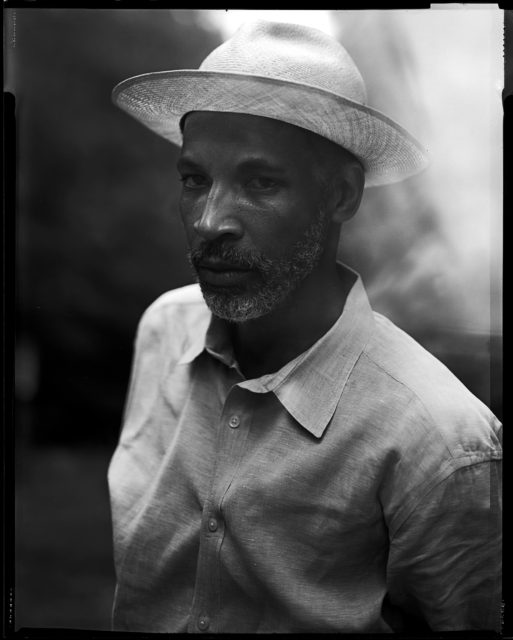
“I’ve always felt like the only way I can heal myself is to go back through my memory, learn from memory.
My interest in this Davidson College commission is based on my practice of telling the stories of those who came before us. I understand that this allows for me to be the vessel that has one step in the past and one in the future. It also allows for visitors who engage with this commission to be the vessels of healing.”
Radcliffe Bailey (b. 1968, Bridgetown, NJ; lives and works in Atlanta, GA) is a painter, sculptor, and mixed media artist who utilizes the layering of imagery, culturally resonant materials, and text to explore themes of ancestry, race, migration, and collective memory. His work often incorporates found materials and objects from his past into textured compositions, including traditional African sculpture, tintypes of his family members, ships, train tracks, and Georgia red clay. The cultural significance and rhythmic properties of music are also important influences that can be seen throughout his oeuvre.
An iconic work of Bailey’s, Windward Coast–West Coast Slave Trade, is composed of hundreds of discarded piano keys. This piece expresses his love of music, as well as the history, culture and spirituality contained in song. Here, the undulating keys are arranged to resemble the turbulent waters of Middle Passage. The waters of this work are physically embodied by music, an intangible entity carried over to new worlds and a trans-generational vestige of African heritages.
Individual experience serves as a departure point in Bailey’s quest to excavate the collective consciousness of African diasporas and regional American identities. Found objects and imagery present seemingly bygone pasts as contemporary, neon Northern Stars that lead us through Bailey’s constellation of works, exploring and interweaving our shared histories. Often quilt-like in aesthetic, his practice creates links between diasporic histories and potential futures, investigating the evolution or stagnation of notions of identity.
Join the conversation with Radcliffe Bailey during their Zoom Community Engagement session on September 28 from 7-8:30 p.m. RSVP here.
Bailey seeks input from the Davidson community regarding their perspectives on an upcoming proposal that will reflect the contributions of African Americans to the University. A diversity of views (inclusive of those who may relate to the African American story) is sought as research begins for this project.
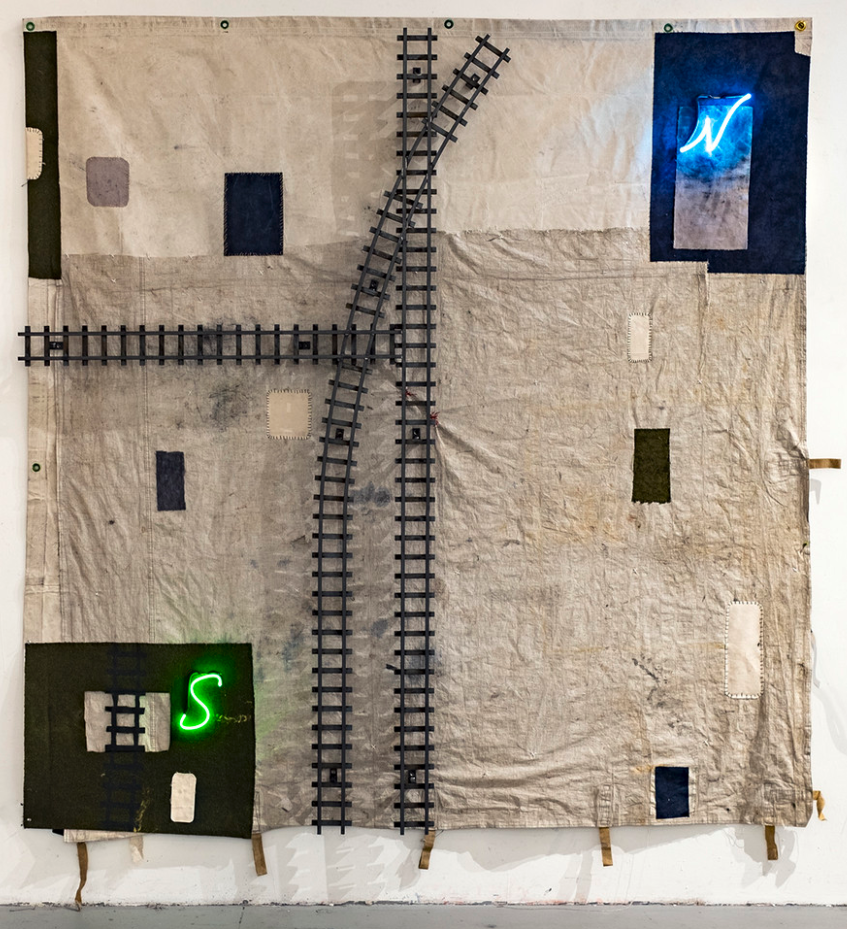
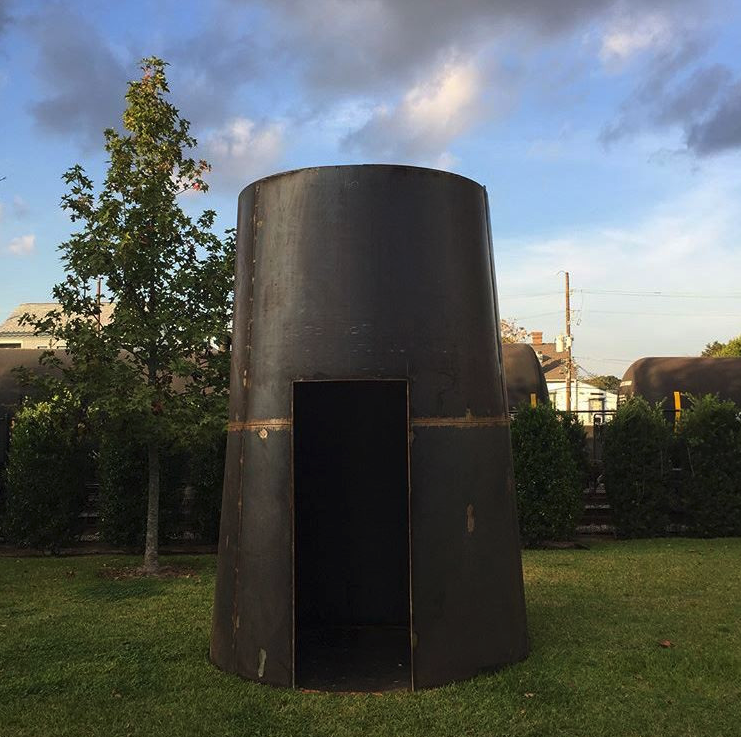
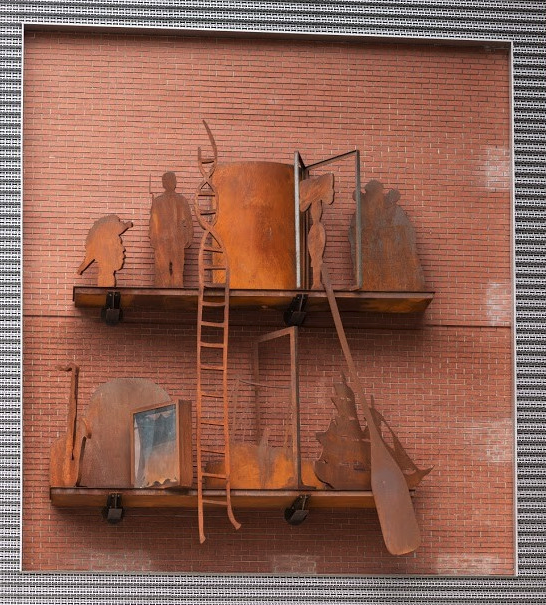
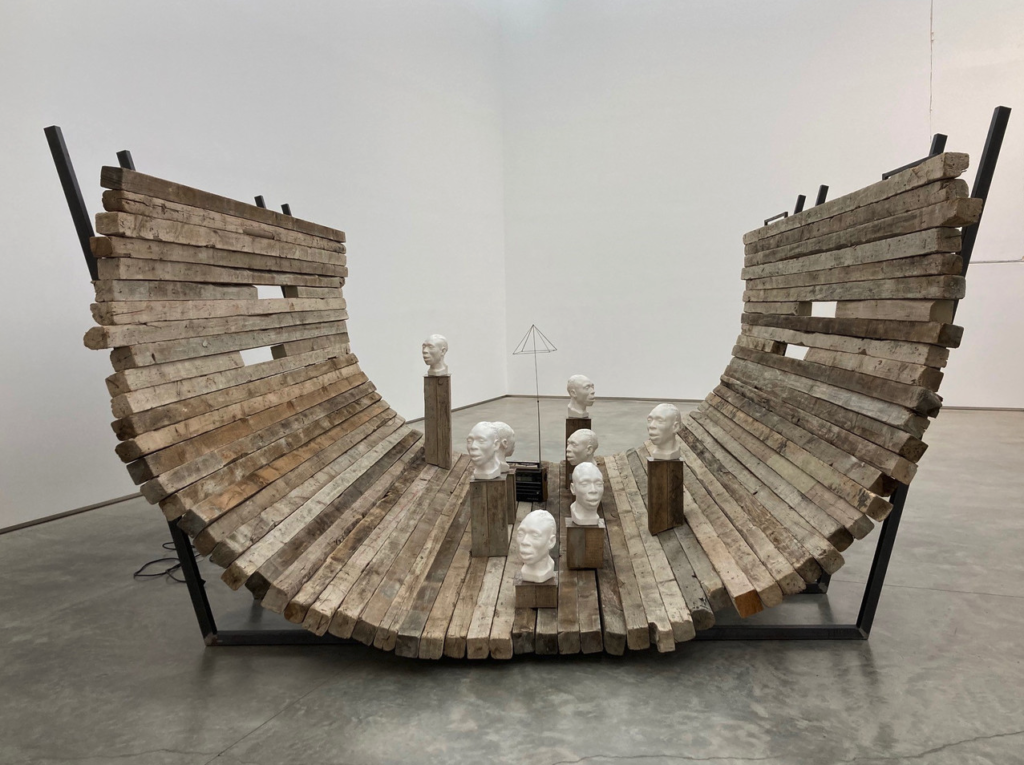
Top, left to right: Pushman, Pullman, Portage, 2019, Shipping tarps, railroad tracks, and neon, 80 x 80 inches; Vessel, 2017, Steel conch shell, stereo, 13 x 8 feet; From the Cabinet, 2016, Two-tiered steel, wall-mounted shelves, containing smaller steel sculptures within, 16 x 14 feet; Bottom: Nommo, 2019, Mixed media and sound installation including a radio, found wood, steel metal structure and 8 plaster busts, 10 x 21 x 13 feet.
To learn about the other finalists, click their names below:
Bethany Collins & Torkwase Dyson
Hood Design
Hank Willis Thomas & Perkins&Will
Studio Zewde
